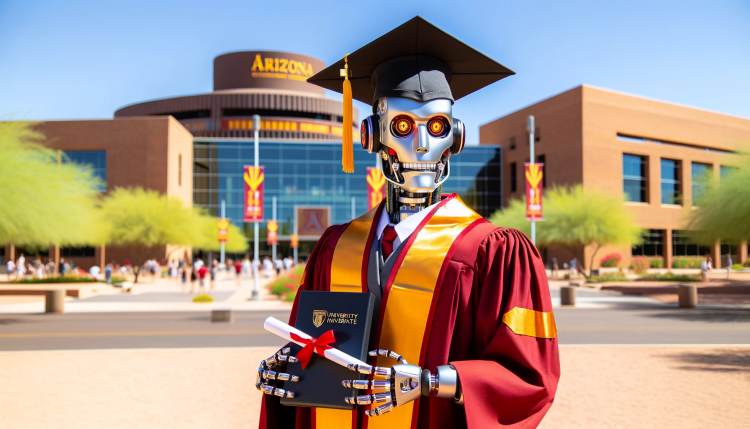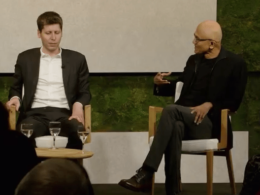Despite concerns raised by some educators and administrators, artificial intelligence (AI) is making its way into higher education. Arizona State University (ASU) has recently announced a partnership with OpenAI, a leading generative AI company known for its ChatGPT and DALL-E 3 technologies. This unique collaboration aims to incorporate OpenAI’s tech into ASU’s institutional processes and leverage AI as a powerful tool to enhance student learning.
“ASU recognizes that augmented and artificial intelligence systems are here to stay, and we are optimistic about their ability to become incredible tools that help students to learn, learn more quickly, and understand subjects more thoroughly,” said ASU President Michael M. Crow.
OpenAI’s Tech Integration in Higher Education
ASU plans to utilize OpenAI’s generative AI solutions in three broad areas:
- Optimizing Learning: ASU aims to explore the potential of AI in improving the learning experience for students across various subjects.
- Personalized AI Tutoring: The university intends to develop a personalized AI tutor to assist students in both specific courses and study topics. This includes providing writing assistance in the Freshman Composition course and creating AI avatars as creative buddies for subjects like biology.
While these aspirations are currently general ideas, ASU will kick off the partnership with an open challenge in February. This challenge will invite faculty and staff to submit their best-use scenarios for OpenAI’s technologies.
As for the implementation timeline, CNBC reports that ASU plans to grant full access to ChatGPT for the university’s Enterprise tier starting in February 2024. However, whether this access will be provided to all students, staff, or both remains unclear.
ASU’s Pursuit of AI Education Despite Initial Standing
Although ASU may not be widely recognized for its AI or computer science programs, the university sees the potential of embracing AI across various fields. Degrees awarded by ASU in 2022 predominantly fell under “Business, Management, Marketing, and Related Support Services,” followed by “Engineering” and “Biological and Biomedical Sciences.” Computer and information sciences and support services accounted for only a small percentage of degrees.
However, this partnership signifies ASU’s commitment to adopting cutting-edge technology to enhance its educational delivery. While some may perceive the concept of a “creative” study “buddy” as cheesy, AI tools like ChatGPT have proven beneficial for collegiate-level tasks such as content summarization and writing assistance.
The Expansion of AI in Education and OpenAI’s Strategic Move
The broader adoption of generative AI tools in the educational sphere, especially within the United States, has been relatively slow. Concerns have been raised about students using tools like ChatGPT to cheat on assignments or write original essays. However, studies and experiences have shown that the advent of these AI tools has not significantly increased academic dishonesty.
With ASU and OpenAI’s partnership announcement, it seems that the initial hesitations and skepticism surrounding AI in education are dissipating. As more people become comfortable with AI tools, OpenAI aims to position itself as a core tech provider across sectors, securing recurring subscription revenue and fortifying its reputation. OpenAI’s move into the educational arena also serves as a defensive measure against potential competitors.
Moreover, OpenAI’s partnership with ASU aligns with its ambition to explore new applications and expand its AI technology while facing criticism concerning its partnerships with the U.S. military. Other AI tools, such as Canva’s recently launched “Classroom Magic,” are also targeting the education sector, indicating the growing presence of AI in the field.
“One thing is clear: the announcement is surely helpful for OpenAI’s ambitions to cement itself as a core tech provider of organizations across sectors, soaking up recurring subscription revenue in the process, and may help the company’s image as it faces criticisms for abandoning some of its original principles such as not working on technology for ‘military and warfare,’ and instead signing agreements with the U.S. military.” – [Original Author]










